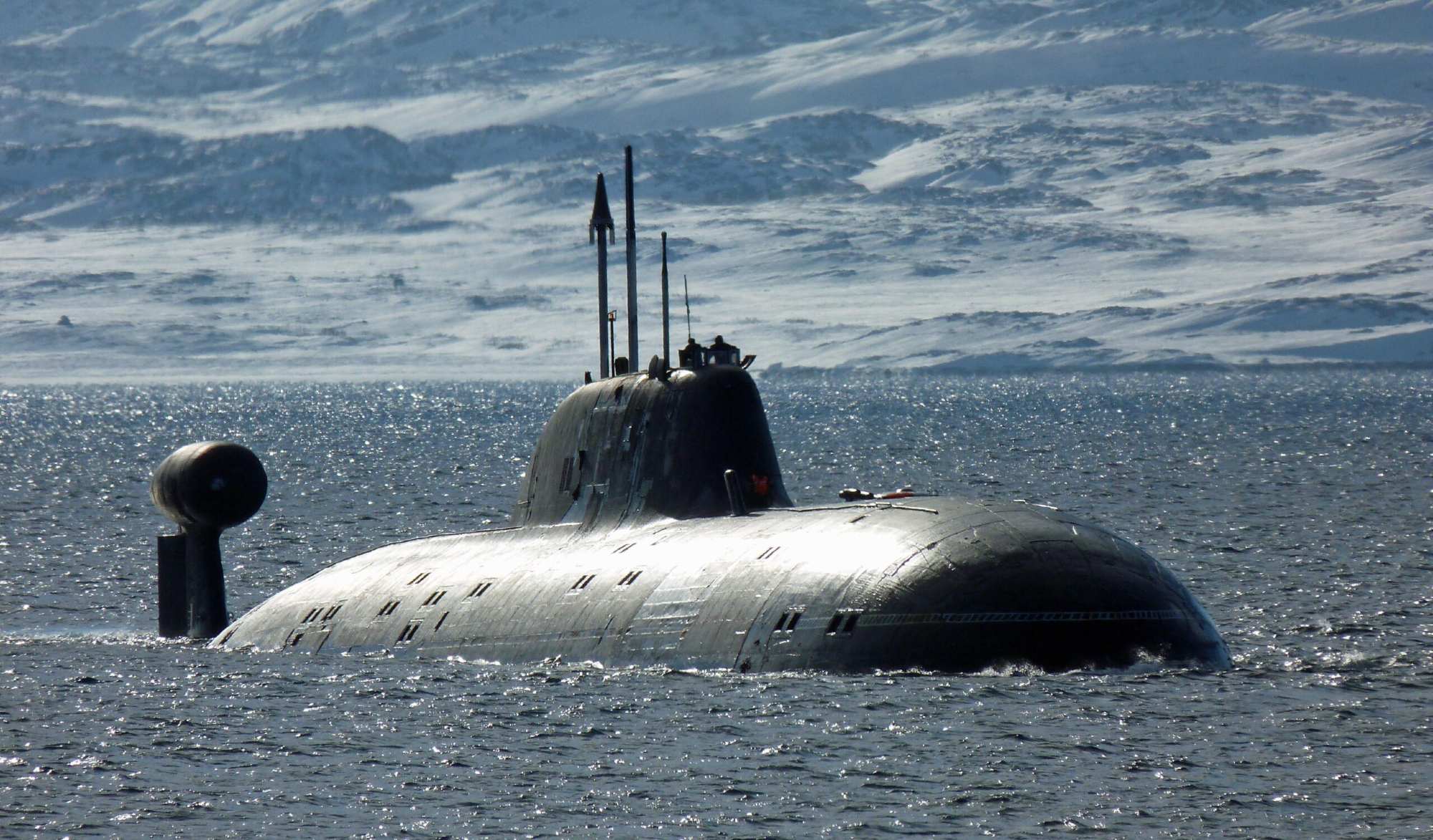In 1971, India and Pakistan fought their third war. But it was the US and the erstwhile USSR that nearly exchanged nuclear blows in the Bay of Bengal in support of their respective allies.
The US had mobilized a part of its seventh fleet ostensibly to support Pakistan.
However, historical records later point out that it was a “convoluted” cold war scheme orchestrated by US President Richard Nixon and then National Security Advisor (NSA) Henry Kissinger that threatened war with the second most populous country on Earth at that time – India, to court the most populated country- China. Soviet Russia came to the aid of its ally, India.
To intercept the US Task Force 74 heading towards the Bay of Bengal, the Soviets deployed their armada of 20 warships with a nuclear submarine shadowing the American aircraft carrier USS Enterprise.
It is well known that Nixon and Kissinger had no love lost for the then-Indian Prime Minister Indira Gandhi. The US Department of State declassified tapes of their conversations.
In a conversation that took place shortly before the India-Pakistan war, Nixon referred to her as an “old witch” while Kissinger called her a ‘b**ch.’ However, after the release of the tapes, Kissinger expressed regrets at his comments.
In July 1971, Kissinger executed a secret trip to Beijing when he feigned illness while at a meeting in Pakistan. Later, he flew undercover to Beijing for unprecedented talks that led to US President Richard Nixon’s groundbreaking visit the next year.
As Pakistan’s President Yahya Khan inched towards sure defeat, the US needed to do some saber-rattling on Islamabad’s behalf to maintain credibility with their new friend China. Nixon even asked China to move its troops to the Indian border, which created a prospect of Russia moving in to counter Beijing. The US even considered “lobbing nuclear weapons” at the USSR if the Soviets retaliated by going to war with China.
Kissinger assured that if the Chinese “were to consider the situation on the Indian subcontinent a threat to its security, and if it took measures to protect its security, the US would oppose the efforts of others to interfere with the People’s Republic.”
Beijing, still reeling under the instability caused by the Cultural Revolution, did not want to go for another war with India. The US, a strong ally of Pakistan at the moment, tried to circumvent the arms embargo by persuading Muslim countries to send arms to Islamabad.
Keeping an eye on the US’ Great Game in South Asia, Prime Minister Indira Gandhi inked the Treaty of Peace, Friendship, and Cooperation with the Soviet Union. The treaty was a strategic move by India to ensure Soviet support during a period of intense regional conflict and political maneuvering.

Task Force 74 Sets Sail For The Bay Of Bengal
India was forced to act following massive migration from East Pakistan (Bangladesh), and war broke out in the Indian subcontinent on December 4, 1971.
The Nixon administration tried all tools in their diplomacy book to force India to declare a ceasefire. Kissinger cautioned the Russian envoy in Washington earlier on December 1: ‘‘India must be compelled to accept a ceasefire tomorrow.’’ Failure to do so will result in the United States implementing the requisite military actions.
On December 8, 1971, the US 7th Fleet received orders to dispatch Task Force 74 to the Bay of Bengal.
The US Navy’s 7th fleet is the most significant naval force outside the mainland. It is part of the US Navy’s Pacific Fleet. The fleet has seen many wars in American history and comprises 60 to 70 warships and 200 to 300 aircraft.
The battle group that set sail for the Bay of Bengal was led by the nuclear-powered aircraft carrier USS Enterprise, accompanied by nine other ships, including a nuclear attack submarine.
USS Enterprise departed from the Gulf of Tonkin, where it was deployed for the Vietnam War, on December 10 and arrived at the Bay of Bengal on December 15.
The US claimed that the force had been ordered to carry out political and humanitarian missions. At the time, the US State Department said that it was to evacuate 182 Americans in Dacca, if needed, by “sea or by air,” although it declined to publicly link such an evacuation operation with the naval movement.
For India, the movement meant that 90 fighter jets and bombers in the 7th fleet could assist the Pakistan Army in Eastern Pakistan.
US Pushes “F-22, F-35 Fusion” To Indian Air Force Under Make In India; Lockheed Boss Meets PM Modi
The New York Times called it a “show of force” by the United States to benefit both India and the Soviet Union. US officials expressed their concerns behind closed doors that India might move against West Pakistan, which was among the reasons for the naval move.
It seemed that the US was ready to use direct force to aid its ally Pakistan. The Soviet Union moved swiftly and deployed a destroyer, an additional mine patrol ship, and a submarine to the Indian Ocean. The Soviet armada had been instructed to keep the American warships out of the Bay of Bengal.
After Task Force 74 steamed towards the Bay of Bengal on December 10, the Soviets announced on December 13 that they would dispatch an additional anti-carrier task force to intercept the 7th fleet. The anti-carrier task force would comprise a destroyer, a nuclear-guided missile submarine, and a battle cruiser equipped with nuclear bomb-carrying missiles.
On December 15, as the US warships reached the Bay of Bengal, 20 Soviet warships were in the Indian Ocean, forcing the US Navy to stay put. According to US media reports at the time, the Soviet Union had 12 to 15 ships—some of them weather and hydrographic survey vessels—and 10 nuclear-powered submarines in the Indian Ocean.
As time passed, the situation became clear. When the Indo-Pakistani War broke out on 3rd December 1971, both the US and the USSR had normal naval contingents in the Indian Ocean. The war led to record force levels for both powers—14 combatants and auxiliaries for the US and 26 for the Soviets. In addition, the British Far East Fleet had at least 17 warships and auxiliaries in the region.
ATACMS Does What Storm Shadow Missiles Could Not — Sink A Russian Kilo-Class Submarine: UK MoD
Moscow’s great fear was the internationalization of the crisis. In the TASS statement of 5 December, all governments were urged to “refrain from steps signifying in this or that way their involvement in the conflict.”
A December 15 New York Times report said that Lieutenant General A A K Niazi, Pakistan’s military commander in the East, had asked the American consulate to relay the ceasefire proposal to India.
India managed to secure surrender from the Pakistan Army on December 16, leaving the US warships with no ally to defend. On December 18, ‘Task Force 74’ was relocated from the Bay of Bengal to the Indian Ocean. There, the fleet persisted until January 1972. Task Force 74 was reassigned to the Vietnam War on January 7.
Nixon’s administration publicly never explained the presence of the fleet in the Indian Ocean. However, Pentagon’s secret cablegrams made public by the syndicated columnist Jack Anderson indicated that the carrier force had at least three objectives: possible evacuation of Americans, showing the flag given the presence of Soviet naval forces in the area, and deterring India from any thought of extending the war to West Pakistan once East Pakistan fell.
- Ritu Sharma has been a journalist for over a decade, writing on defense, foreign affairs, and nuclear technology.
- The author can be reached at ritu.sharma (at) mail.com
- Follow EurAsian Times on Google News




